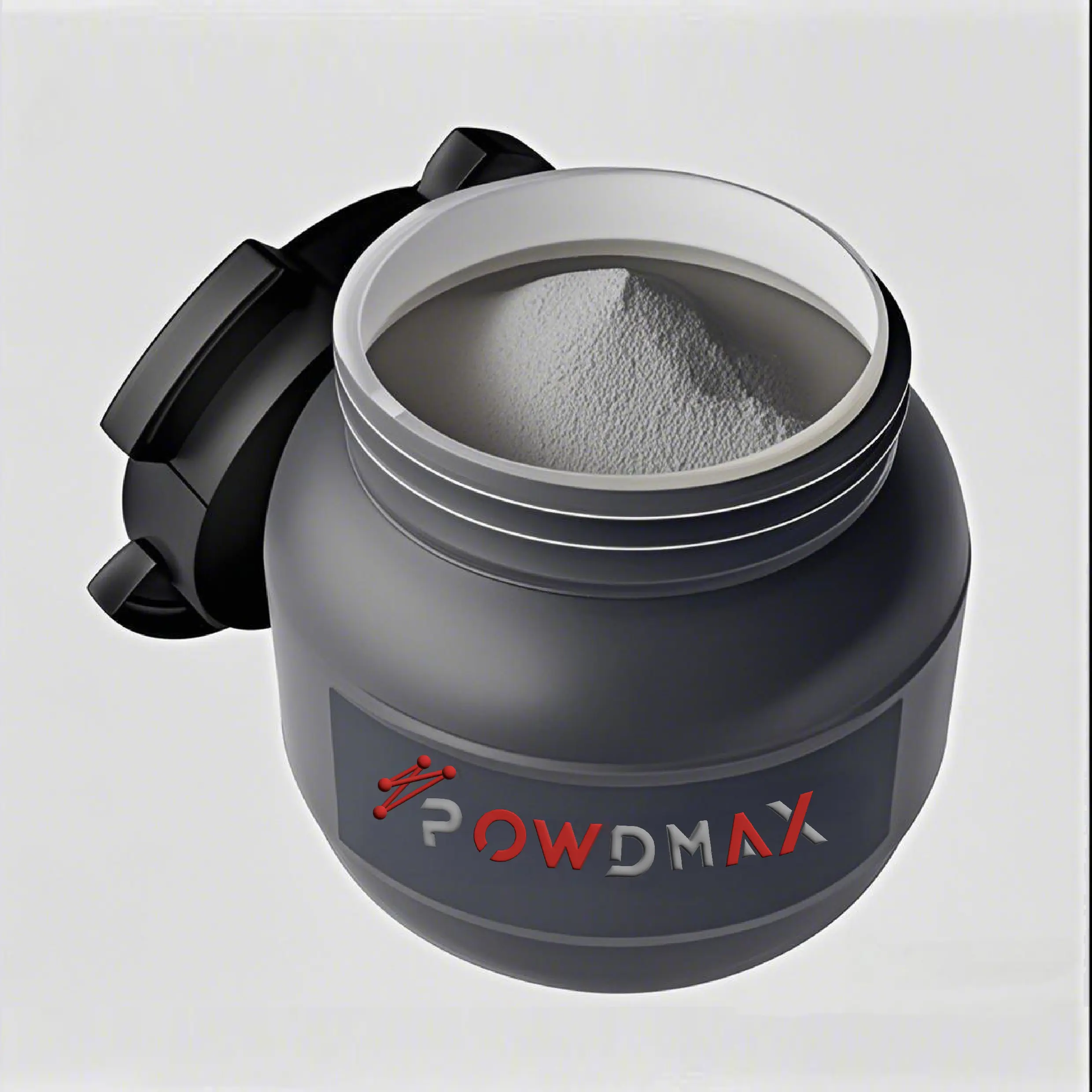In an era where health and wellness are at the forefront of our daily lives, the importance of our clothing choices often goes overlooked. While we typically associate health with diet and exercise, the fabric against our skin can significantly impact our overall well-being. This article delves into the multifaceted aspects of healthy clothing, exploring materials, fit, and environmental considerations to help you make informed choices that promote both physical and mental health.
Understanding the Impact of Clothing on Health
Clothing is more than just a means of protection against the elements; it can influence our comfort, skin health, and even our mental state. The right clothing can enhance our physical performance, regulate body temperature, and prevent skin irritations. Conversely, poor clothing choices can lead to discomfort, skin issues, and even exacerbate anxiety or stress.
- Material Matters: Choosing the Right Fabrics
The fabric of your clothing plays a crucial role in your health. Here are some of the healthiest materials to consider:
a. Organic Cotton
Organic cotton is grown without harmful pesticides and synthetic fertilizers, making it a safer choice for both your skin and the environment. It is breathable, hypoallergenic, and soft, reducing the risk of skin irritations and allergies.
b. Bamboo
Bamboo fabric is gaining popularity due to its natural antibacterial properties and moisture-wicking abilities. It helps regulate body temperature and keeps you dry, making it an excellent choice for activewear and undergarments.
c. Merino Wool
Unlike traditional wool, Merino wool is soft and non-itchy. It has natural temperature-regulating properties, keeping you warm in winter and cool in summer. Additionally, it is moisture-wicking and odor-resistant, making it ideal for outdoor activities.
d. Linen
Linen is a natural fiber made from the flax plant. It is highly breathable and has excellent moisture-wicking properties, making it perfect for hot climates. Linen also has a unique texture that can be gentle on the skin, reducing the likelihood of irritation.
e. Hemp
Hemp fabric is durable, breathable, and naturally resistant to mold and UV rays. It is also biodegradable, making it an environmentally friendly option. Hemp clothing can help regulate body temperature and is less likely to cause allergic reactions.
- Fit and Functionality: The Importance of Tailoring
Even the healthiest materials can become detrimental if the fit is poor. Clothing that is too tight can restrict circulation, leading to discomfort and potential health issues. Conversely, overly loose clothing may not provide adequate support or protection. Here are some tips for ensuring a healthy fit:
- Choose the Right Size: Always opt for clothing that fits well. Avoid sizes that are too tight or too loose, as both can lead to discomfort and health issues.
- Consider Activity Level: For active individuals, look for clothing designed for specific activities. Athletic wear should provide support and flexibility, while casual wear should allow for ease of movement.
- Layer Wisely: In colder climates, layering is essential. Choose breathable base layers that wick moisture away from the skin, insulating layers for warmth, and outer layers that protect against wind and rain.
- Environmental Considerations: Sustainable Choices for Health
The health of our planet is intrinsically linked to our personal health. Choosing sustainable clothing options not only benefits the environment but also promotes a healthier lifestyle. Here are some sustainable practices to consider:
- Support Ethical Brands: Look for brands that prioritize ethical production practices, including fair labor conditions and environmentally friendly materials.
- Invest in Quality: High-quality clothing lasts longer, reducing waste and the need for frequent replacements. This not only saves money in the long run but also minimizes your environmental footprint.
- Practice Minimalism: A minimalist wardrobe encourages thoughtful purchasing and reduces clutter. Focus on versatile pieces that can be mixed and matched, promoting a more sustainable lifestyle.
- Psychological Well-Being: The Role of Clothing in Mental Health
The clothing we wear can significantly affect our mood and self-esteem. Here are some ways to ensure your wardrobe supports your mental health:
- Choose Colors Wisely: Colors can influence emotions. For instance, blue is often associated with calmness, while red can evoke energy. Select colors that resonate positively with you.
- Wear What You Love: Clothing that makes you feel good can boost your confidence and overall mood. Prioritize pieces that reflect your personal style and make you feel comfortable.
- Mindful Dressing: Take time to choose your outfit each day. Mindful dressing can enhance your mood and set a positive tone for the day ahead.
Conclusion: Prioritizing Health Through Clothing Choices
In conclusion, the healthiest clothing to wear encompasses a thoughtful selection of materials, fit, sustainability, and psychological well-being. By prioritizing these factors, you can enhance your comfort, support your skin health, and contribute to a more sustainable future. As you curate your wardrobe, remember that clothing is not just a reflection of style; it is a vital component of your overall health and wellness. Embrace the journey of dressing for wellness, and let your clothing choices empower you to live your healthiest life.

